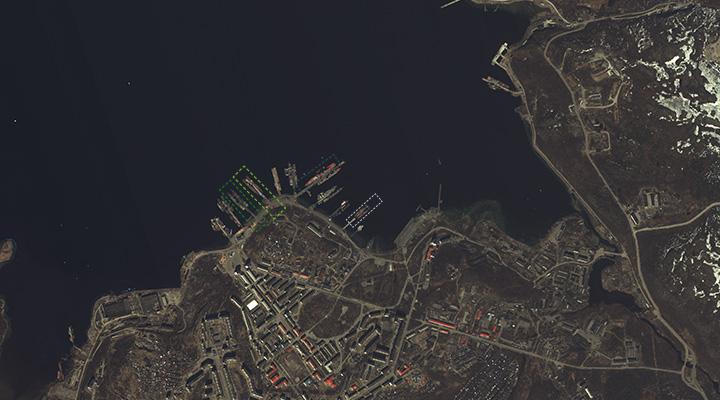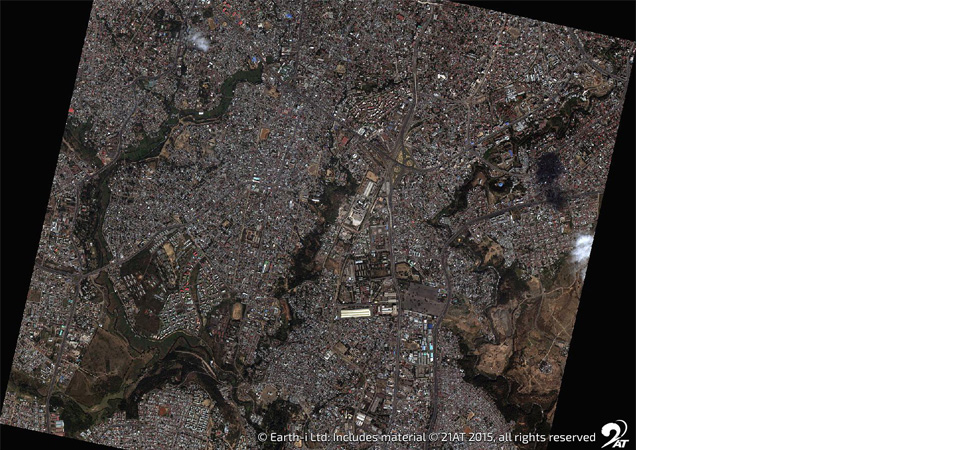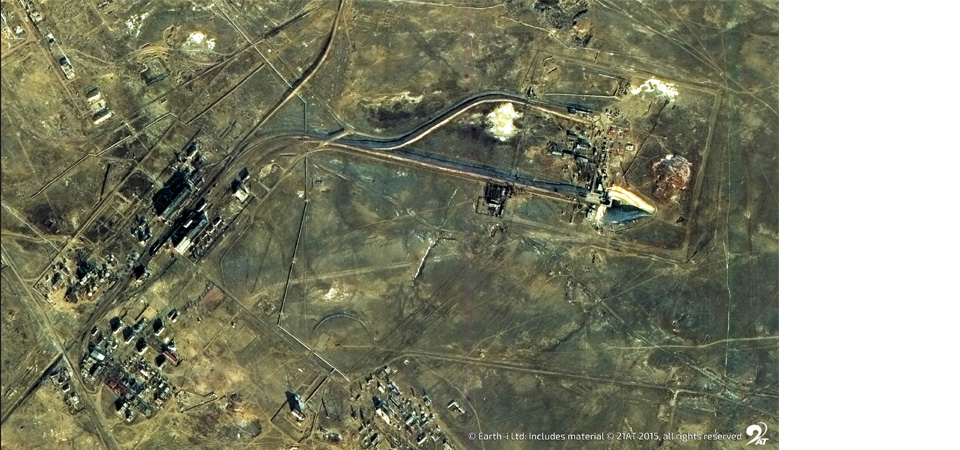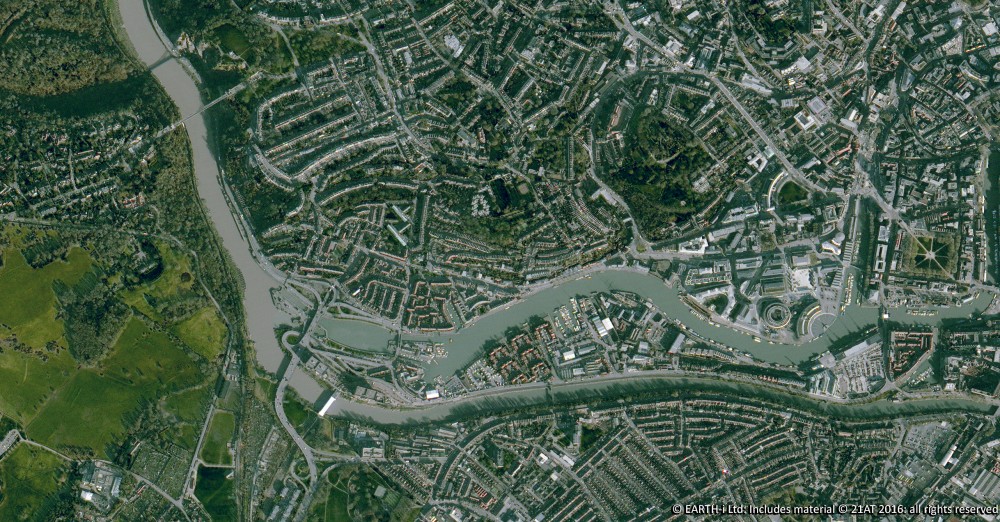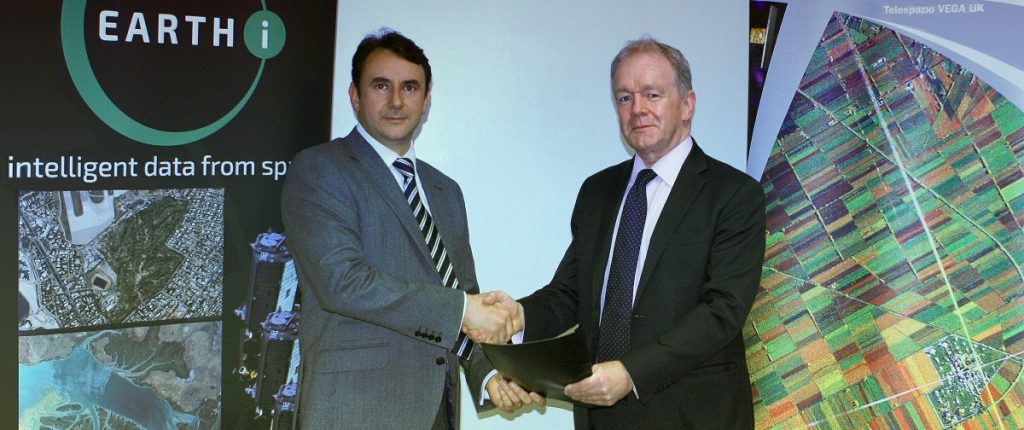Judging by the hype surrounding big data, Artificial Intelligence (AI), and particularly Machine Learning (ML), one could be forgiven for thinking that these are the answer to life, the universe and everything. Those of us who are Hitchhikers Guide to the Galaxy fans will know that the answer is, in fact 42… but it’s the question that really matters. There is a saying in the intelligence community that the quality of an intelligence assessment is directly related to the quality of the question being asked. In this case, the question is ’to what extent can the application of ML techniques to large quantities of data really answer the key questions asked of the intelligence community? And, what are the limitations of these applications?’
The role of the Analyst can be broken down into 3 groups of activities. Firstly, are mechanical tasks such as editing spreadsheets, moving files and other basic sorting tasks. This work can be automated fairly easily. The second layer is rules-based analysis such as interpreting the factual data and defining consequences and meaning based on a defined, known set of rules. So, if action X occurs then Y and Z are the most likely outcomes. Again, this can be largely automated. The final layer is the intuitive analysis (the many years of experience) where an analyst uses analogous logic, largely based on experience to interpret meaning and outcomes…
Click below to download the full thought paper.
![]()
Earth Observation specialist brings over 25 years technology and applications experience to company offering daily high-resolution imaging and data…

